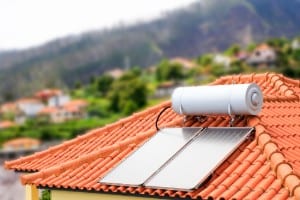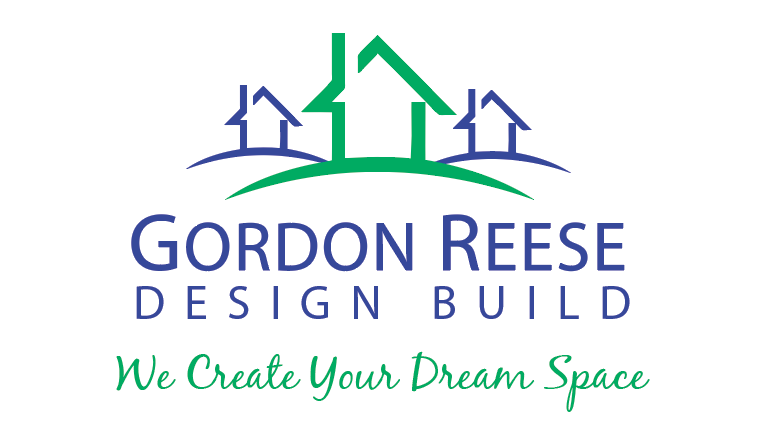Reducing tax burden is a big priority for many of us, but wouldn’t you love to qualify for tax credits while making your home a more beautiful, comfortable, and efficient place to live? Many people are unaware that several home improvements, appliances, and utility upgrades qualify for tax credits and deductions. Here’s what you need to know about home improvement tax credits and making the most of your remodeling investment.
Contents
Deduct Interest on a Loan for Home Improvement
 Most people know that property taxes are tax-deductible, but what many don’t know is that interest on a home improvement loan is also tax-deductible. This is good news if you want to invest that little extra to achieve the home remodel you really want.
Most people know that property taxes are tax-deductible, but what many don’t know is that interest on a home improvement loan is also tax-deductible. This is good news if you want to invest that little extra to achieve the home remodel you really want.
You can also qualify by making home improvements while purchasing your home. By including extra cash towards home improvement when taking out your mortgage, any interest on this amount will be part of your mortgage interest deduction, saving you money.
Qualify by Repairing Before You Sell
Want to make the most of your home’s value by updating and repairing your home before you sell? Some repairs or updates qualify as capital improvements, including replacing the roof, replacing windows, gutters and doors, and replacing the furnace or HVAC system. These improvements all add to your home’s value too, helping reduce the capital gains you may have to pay.
Under the home sale exemption, you don’t have to pay capital gains on appreciation of a primary residence if the sales profit is $250,000 or less, if single filing and $500,000 or less if joint filing. Adding improvements to your home increases the basis, which can help to reduce the sale amount of your home counted as profit.
Need Universal Design? Tax Deductions Are Available
Home improvements that are medically necessary, such as for wheelchair access or those with limited mobility, can be tax-deductible. These improvements might include installing entrance or exit ramps for wheelchair accessibility, grading the ground for entrances, modifying bathrooms, moving or modifying electrical outlets, lowering cabinets and appliances, widening doors and hallways, installing lifts and adding handrails.
The tax deduction applies when the modifications are reasonable and classify as medically necessary, therefore can’t be done simply to improve home value or appearance.
Remodel Your Home for Aging-In-Place and Save
Do you want to stay living in your own home as you age but need some minor adjustments to accommodate your needs? If those improvements are medically necessary, you can remodel your home for aging-in-place, taking advantage of the tax deductions described above.
Save the Environment and Your Wallet
 The other area of home improvements that qualify for tax credits is making your home more energy-efficient. These improvements not only conserve environmental resources but will also help you save on electricity, gas and water bills. Some of the qualifying home improvements include installing biomass stoves, air source heat pumps, central air conditioning, gas lines, propane, oil hot water boilers, oil furnaces and fans, additional insulation, roofing improvements, non-solar and solar water heaters installations, windows, exterior doors, skylights, geothermal heat pumps, small residential wind turbines, solar power, solar-powered skylights, solar-powered shades, and even residential fuel cells.
The other area of home improvements that qualify for tax credits is making your home more energy-efficient. These improvements not only conserve environmental resources but will also help you save on electricity, gas and water bills. Some of the qualifying home improvements include installing biomass stoves, air source heat pumps, central air conditioning, gas lines, propane, oil hot water boilers, oil furnaces and fans, additional insulation, roofing improvements, non-solar and solar water heaters installations, windows, exterior doors, skylights, geothermal heat pumps, small residential wind turbines, solar power, solar-powered skylights, solar-powered shades, and even residential fuel cells.
Consider Timing to Take Advantage of Tax Credits
Tax credits for home improvement allow you to enjoy the benefit of updates to your home while saving on your tax burden. But some of these tax benefits, particularly those related to energy efficiency, might not be around forever. It’s better to act fast to secure the best tax credit rates and enjoy the maximum benefits for your home remodel.
Don’t put off your much-needed home improvements – talk to a professional Design Build contractor about how you can improve your home while qualifying for tax credits and deductions that will make the most of your home remodel investment.

Recent Comments